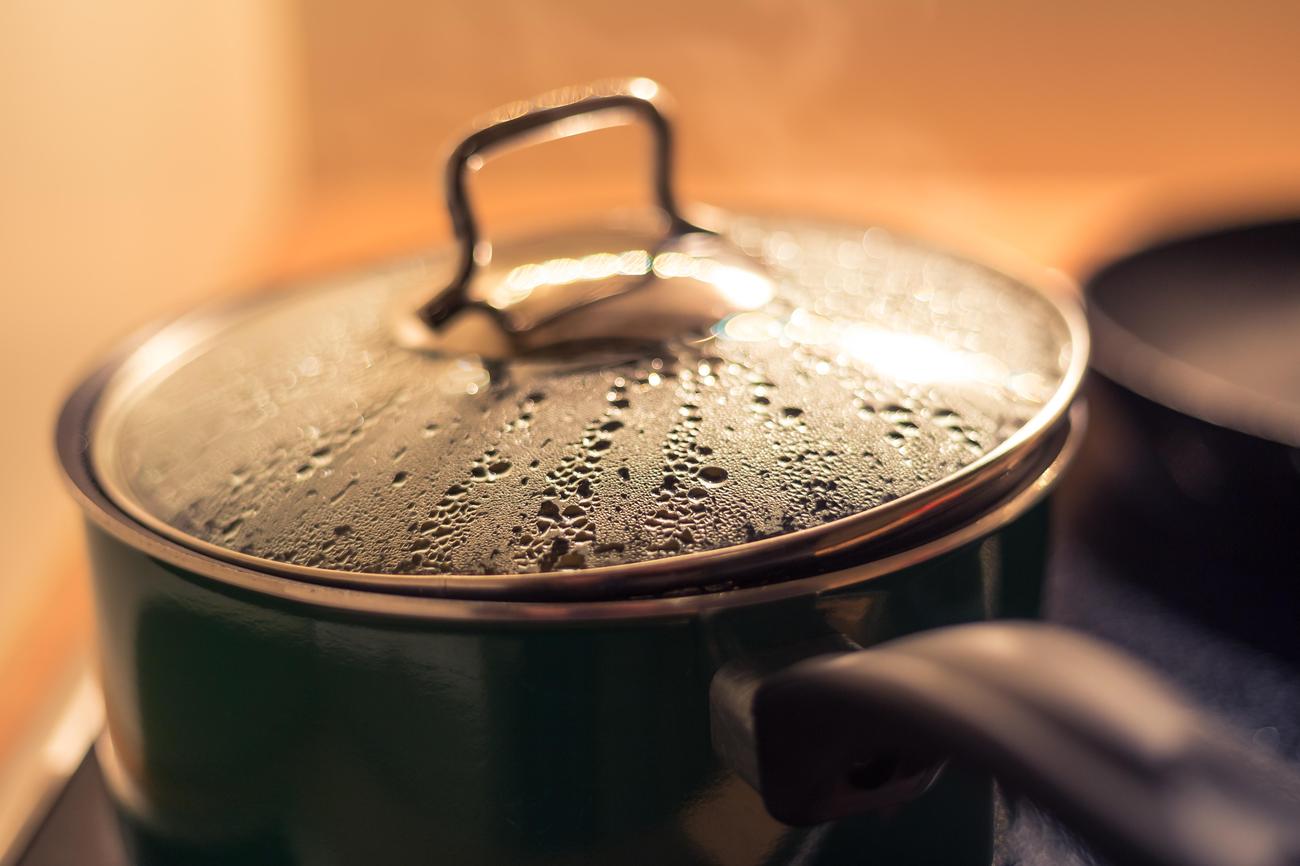Steel pans, beloved musical instruments beloved by many, have an often-overlooked environmental impact. As an experienced environmental scientist specializing in sustainable development and carbon footprint reduction, I have delved deep into the manufacturing processes of these fascinating instruments, analyzing their environmental consequences. From greenhouse gas emissions to raw material extraction, waste generation to energy consumption, the steel pan industry leaves a significant ecological footprint. In this article, we will uncover the environmental impact of steel pans and provide insights and solutions to minimize their detrimental effects on our planet.

Steel Pans Environmental Impact
As an experienced environmental scientist, I have thoroughly researched the environmental impact of various musical instruments, including steel pans. Let’s delve into the insights and solutions that can help mitigate the environmental consequences associated with the production of these beloved instruments.
The production of steel pans, like many other types of cookware, has a significant negative environmental impact. From the mining and refining of raw materials to the packaging and shipping processes, each stage contributes to greenhouse gas emissions, raw material extraction, waste generation, and energy consumption.
Steel production itself is a major contributor to global CO2 emissions, making it one of the main environmental problems we face today. In fact, global steel production reached a staggering 1808 million tons in 2018 alone. This widespread use of steel, due to its versatility and durability, has resulted in a range of environmental impacts, including air and water pollution.
While it’s essential to address the environmental consequences of steel pan production, it’s also important to consider alternative eco-friendly options. Cookware made from ceramic, enameled cast iron, stainless steel, and cast iron are considered more sustainable choices.
Ceramic pots and pans, such as those crafted from natural clay, are durable and eco-friendly options worth exploring. Enameled cast iron pans, like the renowned Le Creuset brand, not only provide excellent heat retention but also contribute to sustainability due to their durability and long lifespan. Stainless steel pots and pans are also eco-friendly and renowned for their durability and resistance to corrosion.
On the other hand, non-stick Teflon pots and pans present environmental concerns. The chemicals involved in their production have raised health and environmental issues. Consequently, it’s advisable to avoid using Teflon-coated cookware if you’re looking for a greener alternative.
As a society, we must collectively prioritize improving the sustainability of steel production. By reducing CO2 emissions and striving for better environmental performance, the steel industry can play a significant role in mitigating climate change.
Fortunately, ongoing efforts are underway to achieve this goal. One strategy involves increasing the use of recycled materials in steel production. By reusing existing steel, we can reduce the need for new raw materials and decrease extraction-related environmental impacts. Additionally, energy consumption reduction is another critical aspect that contributes to the sustainability of steel production.
In conclusion, the environmental impact of steel pan production cannot be ignored. However, by exploring eco-friendly alternatives and advocating for sustainable practices within the steel industry, we can take significant steps towards minimizing these environmental repercussions.
Key Point:
The production of steel pans, like many other types of cookware, has a significant negative environmental impact, contributing to greenhouse gas emissions, raw material extraction, waste generation, and energy consumption.Let’s think about it:
How can we prioritize improving the sustainability of steel production while still meeting the demands of a growing global steel industry? Are there alternative materials that could be explored for steel pans that would have a lesser environmental impact?
Steel pans, also known as steel drums, are unique instruments that have a rich history and captivating sound. If you’re curious about the fascinating facts surrounding these musical wonders, then click here to explore our list of facts about steel pans. From their origins in Trinidad and Tobago to their evolution into a global sensation, you’ll discover the hidden secrets and mesmerizing stories behind these enchanting instruments. So, why wait? Dive into the world of steel pans and let yourself be captivated by their incredible journey.
FAQ
Question 1
What is the environmental impact of steel pans?
Answer 1
The production of steel pans has a significant environmental impact, starting from the mining and refining of raw materials to the packaging and shipping processes. Steel production, in general, is a major contributor to global CO2 emissions, making it one of the main environmental challenges today. The steel industry’s expansion has led to increased greenhouse gas emissions, air and water pollution, and waste generation, among other environmental concerns.
Question 2
How does steel production contribute to climate change?
Answer 2
Global steel production, which reached 1808 million tons in 2018, plays a crucial role in climate change due to its extensive carbon footprint. The manufacturing process of steel releases a substantial amount of CO2 emissions, primarily from the combustion of fossil fuels in high-temperature furnaces during iron ore smelting. This contributes to the greenhouse effect and exacerbates global warming. It is essential to address the environmental impact of steel production to mitigate climate change.
Question 3
Are there eco-friendly alternatives to steel pans?
Answer 3
While steel pans have a significant environmental impact, there are several eco-friendly alternatives to consider when choosing cookware. Ceramic pots and pans, along with enameled cast iron pans like Le Creuset, are durable and eco-friendly choices. They are made from sustainable materials and have a minimal impact on the environment. Stainless steel pots and pans are also considered eco-friendly and durable options.
Question 4
What are the environmental concerns with non-stick Teflon pots and pans?
Answer 4
Non-stick Teflon pots and pans raise environmental concerns due to the chemicals used in their production. The manufacture of Teflon involves the use of perfluorooctanoic acid (PFOA), a persistent organic pollutant that can have detrimental effects on human health and the environment. The production, use, and disposal of non-stick Teflon cookware can contribute to the release of harmful chemicals into the air and water, making it less environmentally friendly compared to other cookware options.
Question 5
How can the steel industry improve its environmental performance?
Answer 5
Efforts are underway to improve the sustainability of steel production and minimize its environmental impact. One approach is the increased use of recycled materials, reducing the reliance on virgin raw materials and conserving natural resources. Additionally, implementing energy-efficient technologies and practices can help reduce energy consumption in the steel manufacturing process. By adopting these measures and promoting sustainable practices throughout the industry, the steel sector can play a significant role in reducing CO2 emissions and improving its environmental performance.
- Unlock Elemental 2 Secrets: Actionable Insights Now - April 2, 2025
- Lot’s Wife’s Name: Unveiling the Mystery of Sodom’s Fall - April 2, 2025
- Photocell Sensors: A Complete Guide for Selection and Implementation - April 2, 2025
















